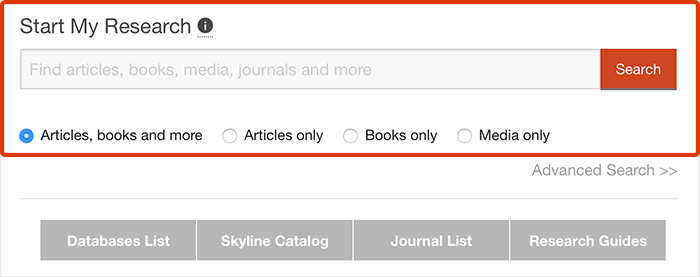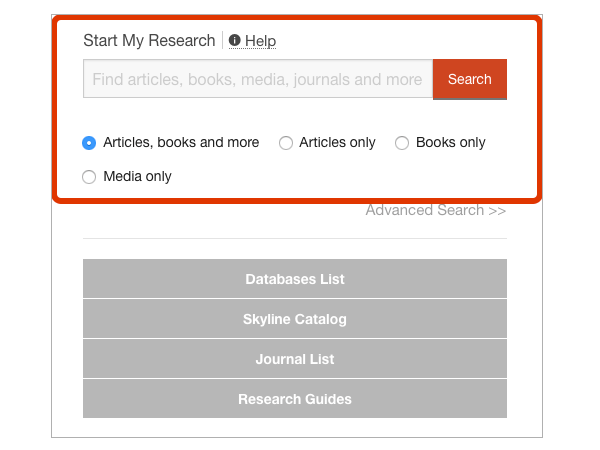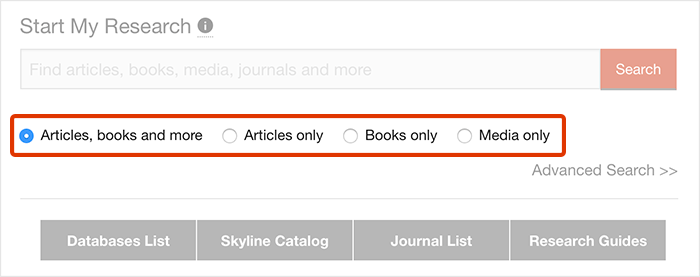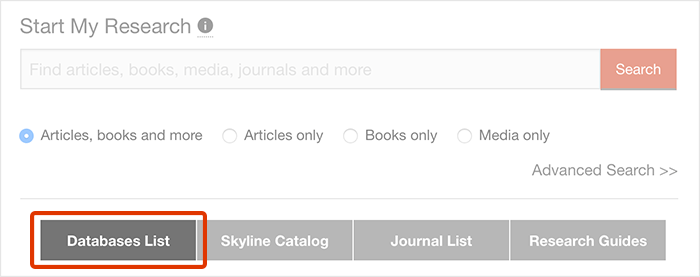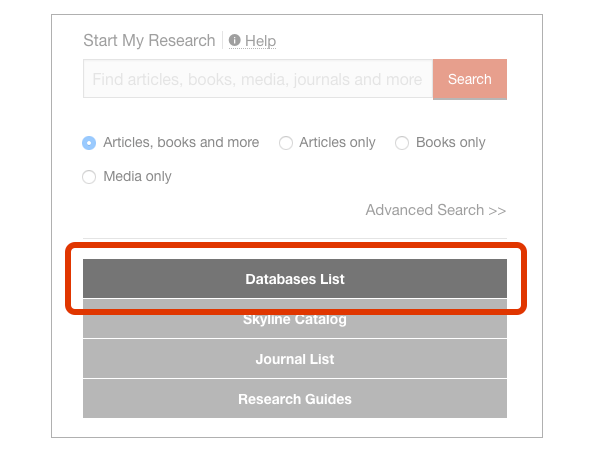Collection Development and Strategies Department

Featured Database: SciFinder-N
You can use databases to easily find organized collections of articles, journals, news, streaming videos, primary sources, data, and more!
Here’s one of our most unique databases:
What’s in it?
SciFinder-N is an index of journal articles, patents, technical reports, books, substances, chemical suppliers, reactions and chemical regulations. CASDraw allows drawing and literature searching based on chemical reactions.
Why should you use it?
SciFinder-N provides easy access to chemical data, including structures, names and properties, regulatory information and where to purchase. It also uses machine learning and previously published reactions to suggest creation for specific compounds.
Who should use it?
SciFinder is a core research tool for chemistry, biochemistry, chemical engineering, materials science, nanotechnology, physics, environmental science, and other science and engineering disciplines.
Why use a database?
When you use a specific database, rather than a search engine or discovery tool, you often can find more relevant sources. For example, subject databases include sources about that subject only, rather than a general search engine or discovery tool that includes information about everything. This way you don’t have to wade through thousands of irrelevant results!
Want more databases?
Browse or search our Databases List!
If you have questions about this database or others, please see our Ask Us page.





